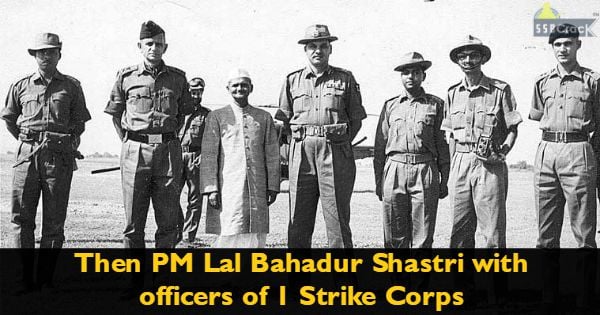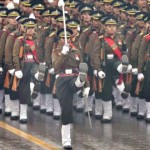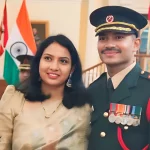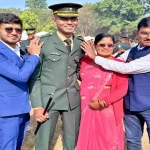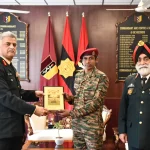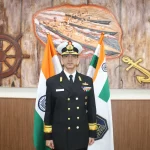Hello, Warriors! August 28th marks the beginning of the official anniversary celebrations of the Indo-Pak war of 1965. The month-long celebration is to honour the soldiers who fought the war. This marks the day in 1965 that India captured the Haji Pir pass, now in Pakistan Administered Kashmir. Here, I bring you some facts about the war:
- The Indo-Pak War of 1965 was the second conflict between India and Pakistan. The war took place after Pakistan launched a covert operation across the ceasefire line in India-occupied Kashmir, a fact that Pakistan continues to dispute to this day.
- The seventeen-day war caused thousands of casualties on both sides and also witnessed the largest tank battle since World War II. 128 Indian tanks and 150 Pakistani tanks (rough figures) were destroyed.
- At the beginning of the war, the Pakistani Army had both a numerical advantage in tanks, as well as better equipment overall. Pakistani armour was largely American-made equipped with 90 mm guns. However, recent documents released by the Indian government confirm that India had successfully captured the Haji Pir Pass (one of the main places under dispute) from Pakistan.
- The war remains controversial because, unlike the other wars, the Pakistan Army never really signed a surrender document. Both India and Pakistan claimed victory. However, most neutral assessments agree that India had the upper hand over Pakistan when cease fire was declared.
- Unlike wars since, this time the Indian Army made deep inroads inside Pakistan and destroyed several weapons and vehicles integral to the Pakistan Army.
- Close to a thousand tanks, on both sides, took part in the pitch battles and offensives. At the start of the war, India had one armoured division and one independent armoured brigade, along with six armoured regiments supporting infantry divisions. Pakistan had two armoured divisions, equipped with the then very modern M-48 Patton tanks. India had an equivalent tank in the Centurion, but their strength was limited to only four armoured regiments.
- The battle was so fierce & intense that at the end of the war, the 4th Indian Division-The Fighting Fourth, had captured about 97 tanks in destroyed, damaged or intact condition. Around 15 of them were captured by the Pakistan Army.
- Such was the might of the Indian Army, that it managed to push back the Pakistan Army into Lahore, and even hoisted the Indian flag in the Lahore sector, before it walked back victorious.
- After Pakistani troops invaded Kashmir, India moved quickly to internationalize the regional dispute. It asked the United Nations to reprise its role in the First India-Pakistan War and end the current conflict. The Security Council passed Resolution 211 on September 20 calling for an end to the fighting and negotiations on the settlement of the Kashmir problem.
- The United States and the United Kingdom supported the UN decision by cutting off arms supplies to both belligerents. This ban affected both belligerents, but Pakistan felt the effects more keenly since it had a much weaker military in comparison to India.
- The UN resolution and the halting of arms sales had an immediate impact. India accepted the ceasefire on September 21 and Pakistan on September 22.

